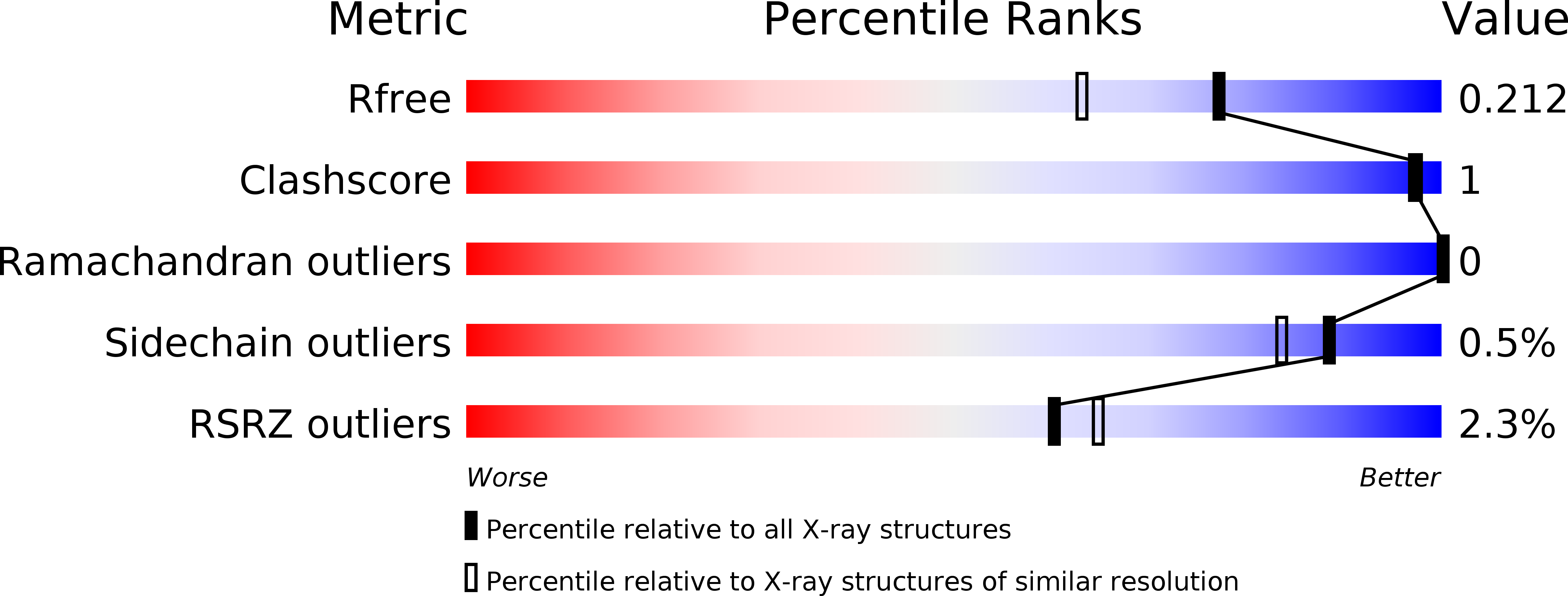
Deposition Date
2012-05-23
Release Date
2012-08-15
Last Version Date
2023-09-13
Entry Detail
PDB ID:
4FBO
Keywords:
Title:
Crystal structure of the Pseudomonas fluorescens agglutinin (PFA)
Biological Source:
Source Organism:
Pseudomonas fluorescens (Taxon ID: 205922)
Host Organism:
Method Details:
Experimental Method:
Resolution:
1.70 Å
R-Value Free:
0.21
R-Value Work:
0.17
R-Value Observed:
0.18
Space Group:
C 1 2 1


